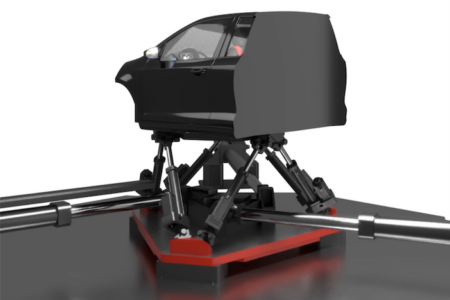The 2017 release of Altair’s HyperWorks open architecture CAE software platform is bringing in several added functionalities in areas such as model-based development, electromagnetism, nonlinear structural analysis, modeling and meshing, multiphysics and multi-disciplinary analysis, lightweight design and optimization.
New functions and enhancements include a model-based development suite featuring solidThinking Activate, Compose and Embed capabilities, which introduce concept studies, control design, system performance optimization and controller implementation and testing.
Meanwhile, the Multiscale Designer tool enables development and simulation of accurate models for heterogeneous material systems including laminated composites and honeycomb cores, while manufacturing offerings now include solidThinking Click2 products for extrusion, casting and metal-forming process simulation.
For improved usability and efficient model management, HyperMesh now offers assembly and model variants management, expanding the part library and configuration management capabilities. A new desktop tool called ConnectMe has also been developed to efficiently manage, launch and update all the products within the HyperWorks suite.
“HyperWorks 2017 adds key enhancements to the modeling and assembly capabilities of the software,” said James P. Dagg, CTO, user experience at Altair. “Users can now communicate directly with their enterprise PLM system, storing libraries of parts and configurations of their models. Tasks like setting up a model with multiple configurations for different disciplines can now be done in minutes.”
To further enhance performance, major speed and scalability improvements have been implemented for all of Altair’s solvers. In particular, structural analysis capabilities for OptiStruct have been elevated to support the most complex non-linear contact and material models. For fluid simulation (CFD), new turbulence and transition models have been implemented in AcuSolve to capture laminar to turbulent flow regime change.
In terms of computational performance, FEKO, OptiStruct, and RADIOSS leverage the most modern computer architectures and latest parallelization technology to generate solutions faster and make them more scalable on compute clusters.
“With the HyperWorks 2017 release we followed our vision to continue focusing on simulation-driven innovation. We are now able to simulate more physics with improved HPC performance,” said Uwe Schramm, CTO, solvers and optimization at Altair. “In particular, with the addition of Flux for low-frequency EM simulation, we’re offering a complete multiphysics portfolio all linked through optimization.”




